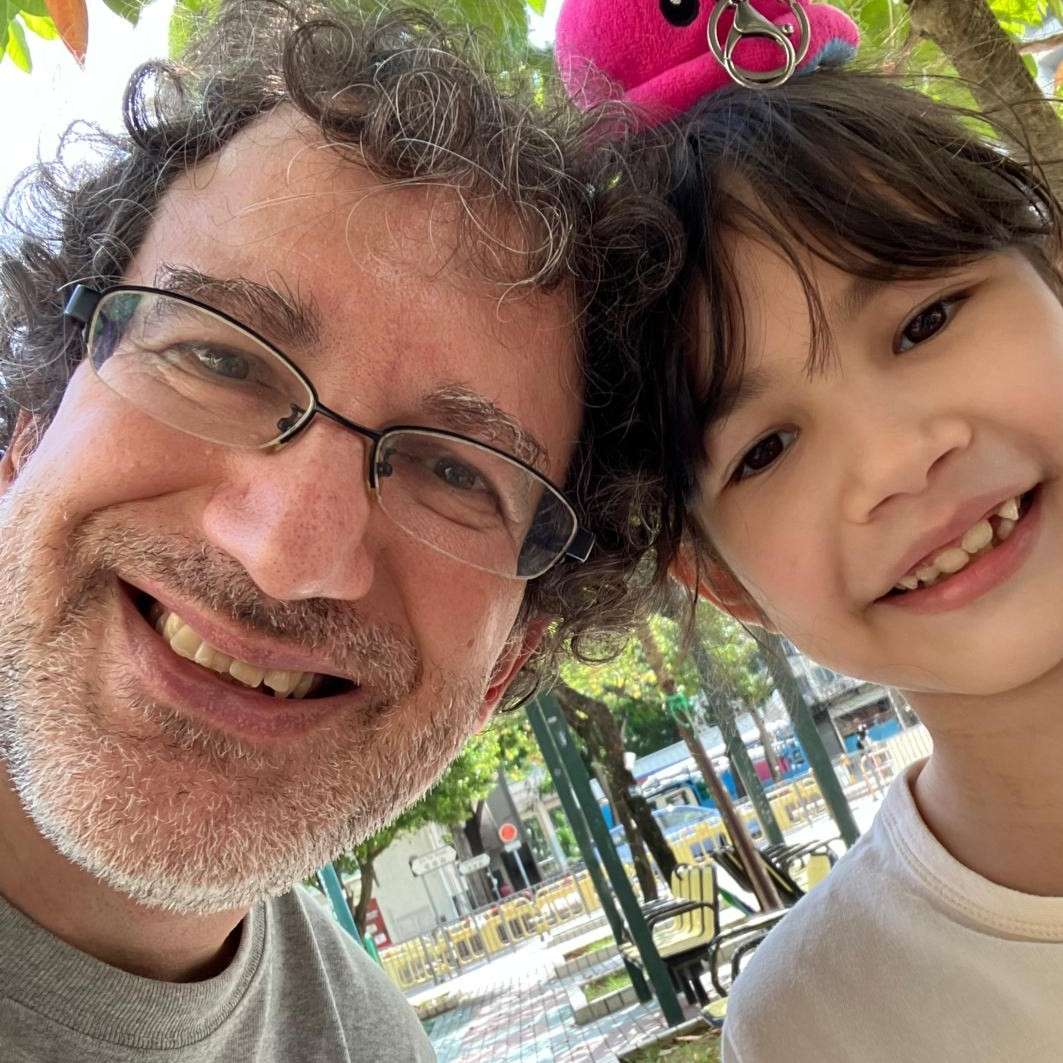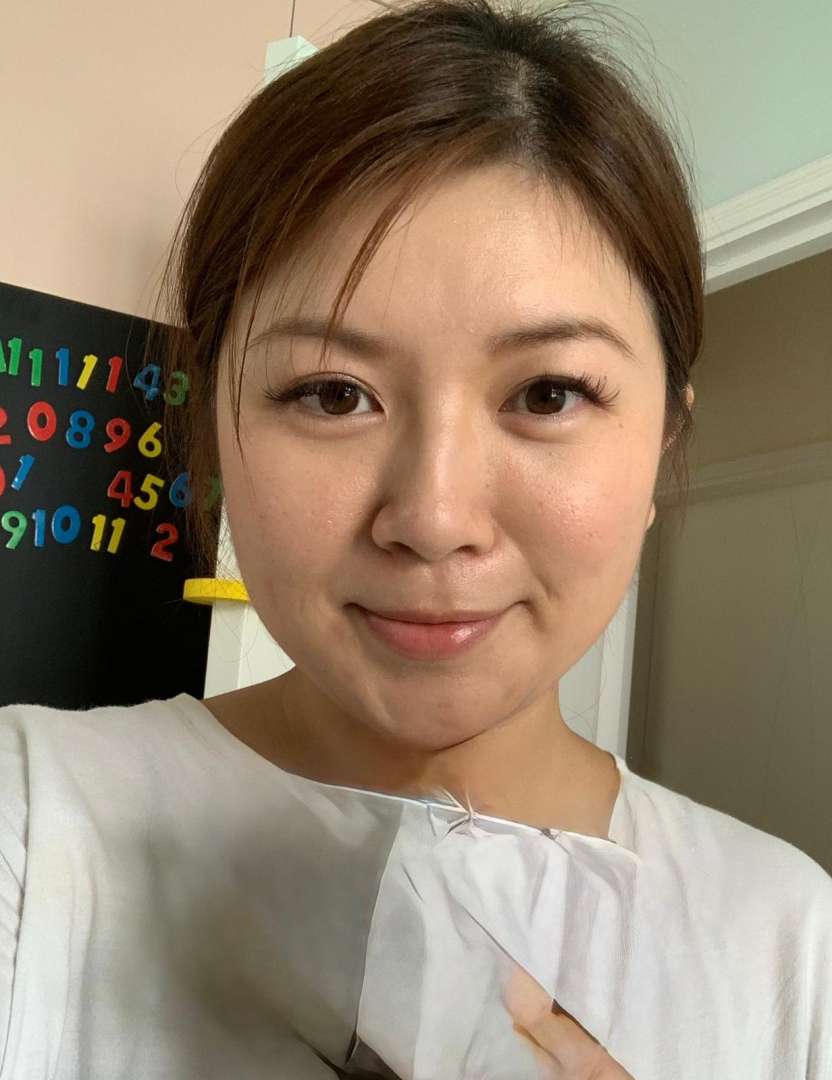What do teachers say about learning new languages?
Mr Mentez, Spanish teacher
“Languages are not difficult; they are just different.”
The motivations of Hong Kong students to learn Spanish vary greatly with age. Older students like to travel to Spanish-speaking countries, while younger students, especially boys, are more interested in international attractions such as the Spanish Football League. Female students usually look for other topics of interest, such as food, music, and cinema stars. Some want to try to use Spanish as a third optional language for official examinations such as DSE, although most of them usually give up halfway through due to excessive pressure from core subjects and lack of available time.
Hong Kong students are quite good at memorising vocabulary and relating Spanish words to English cognates, of which there are quite a few, thanks to the common cultural roots of Latin in Europe. But they have difficulties with sentence structure and understanding long segments of speech. They keep applying English structures to Spanish sentences, which most often than not does not work. It takes quite some effort to develop fluency in a Romance language since many grammar features are not present in Chinese, sometimes not even in English, which belongs to a different family of languages.
Many students get frustrated after a few months, and they quit because they feel that the progress is too slow. Something similar happens to Spanish learners of Chinese: the language distance makes it more challenging. I always insist to my students that maybe that’s where the beauty of learning a foreign language resides: overcoming a complex, difficult task and taking it as a life goal more than a short-term, exam-related issue.
Many students keep complaining that Spanish sentences look weird compared to English, but weirdness is not an applicable concept to languages. Languages are not difficult; they are just different. The more distant they seem, the more they might help you to widen your perception of reality and the world around you.
I always try to make students grasp a bit of how a Spanish speaker perceives the world through their language, and then compare it with other languages that they know already. The language reflects the culture, and the culture reflects the language, and the pleasure of feeling part of something that was alien just a few days or weeks ago is indeed a wonderful trigger of self-awareness and reflections that otherwise might never happen inside the mind of the student.
Understanding a new language is understanding a bit more of the world we live in, and that is one of the main goals of education, especially when we try to go beyond exams and CVs, and all those more or less arbitrary markers that society throws under our feet to test how we will react. Spanish is a language that contains many cultures, histories, traditions, drama and passion, and transmitting my love for all those is, hopefully, not only a language lesson, but a lesson on love for life in its many manifestations and on learning as a tool to nurture and keep that love fresh through a lifetime.
Ms Miyuki, Japanese teacher
“I hope that the Japanese language becomes their small refuge.”
Every country has its own core culture. Japan, with its agricultural heritage and frequent earthquakes, places great emphasis on cooperation and a spirit of “Wa” (harmony). That is reflected in Japan’s quiet streets and environment. In my lessons, I hope to teach students more about Japanese culture and background like this, but when classes are exam-focused and time is limited, I often have to overlook this aspect.
Unlike compulsory Chinese lessons in schools, where students share the same clear goal, those who take Japanese classes usually do so because they are interested in Japanese culture and feel very close to it. In Hong Kong, we can easily access Japanese things, such as Donki, AEON, YATA, SOGO and so on. Many students have been to Japan many times, so they hope to be able to speak some words with shop staff, restaurant waiters and hotel staff when they travel. Some are passionate about anime, others enjoy Japanese pop culture, and of course, some take it to gain extra marks for exams.
As Japanese culture is popular, many of them can understand common everyday expressions, though they tend to struggle more with grammar. Overall, students who like Japanese tend to be mild-mannered and polite, and more often than not, there are more girls than boys in the class.
As a teacher, I hope to sustain their passion for learning Japanese and create a positive classroom atmosphere, helping them to find that inner spark. During adolescence, the crucial period in the formation of personality, I hope they can take in the best from different cultures. When they are under pressure, I wish for language to be their small refuge, opening a window for them to see different paths ahead.
Ms Jessica, Korean teacher
“Students become more open-minded when learning a new language.”
Unlike Chinese or English, the biggest motivation for students to learn Korean is K-pop. They admire their idols and want to understand the lyrics and performances. Because of the commitment, they achieve better results and make faster progress. Those who are not particularly interested in K-pop often give up more easily, as there are few opportunities to apply the language in daily life.
The second motivation is future plans. Some students see their future in Korea and want to build a strong foundation while they are young. Since Korean has been included as a subject in the DSE, many want to give it a try and learn an additional language, particularly because Korean is, in some respects, closer to Cantonese.
There are clearly more female students than male students in my classroom, with learners ranging from primary, secondary school, to tertiary level. What students excel at most is listening, as they often watch Korean dramas, shows, and listen to Korean songs.
In fact, learning Chinese, English, and Korean is not contradictory. Students with a strong foundation in Chinese and English often find it easier to spot connections and similarities in Korean, as many Korean words are derived from Chinese or English pronunciations.
Beyond the language itself, I also share with students aspects of Korean culture, such as daily life, ways of thinking, eating habits, values, and even certain myths or misconceptions. Students show great interest in these topics, and in the learning process, they are very open-minded, actively comparing themselves with Korean culture. I hope learning Korean sparks greater curiosity in them about Korea and becomes their first step into a new world. ■





